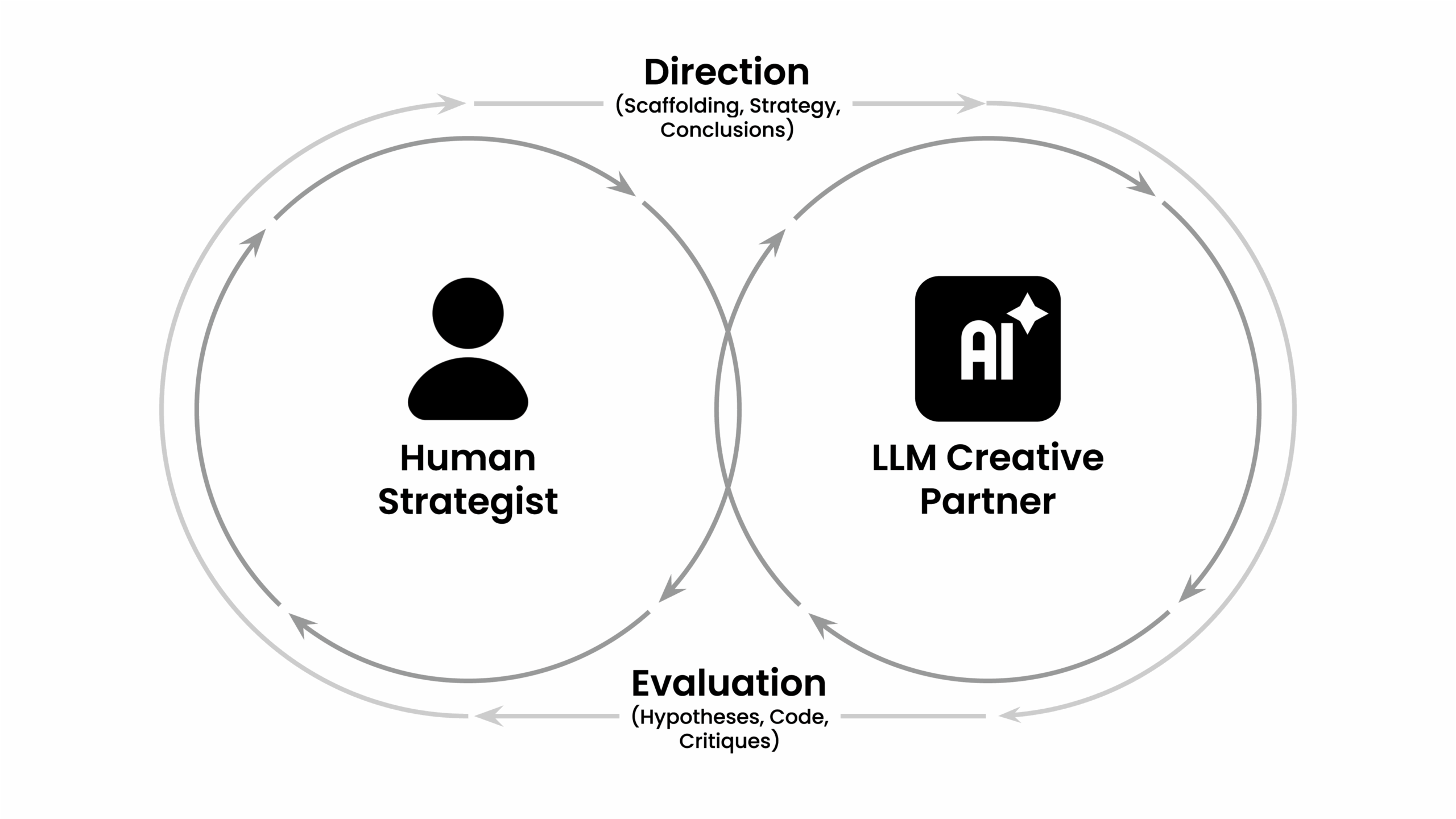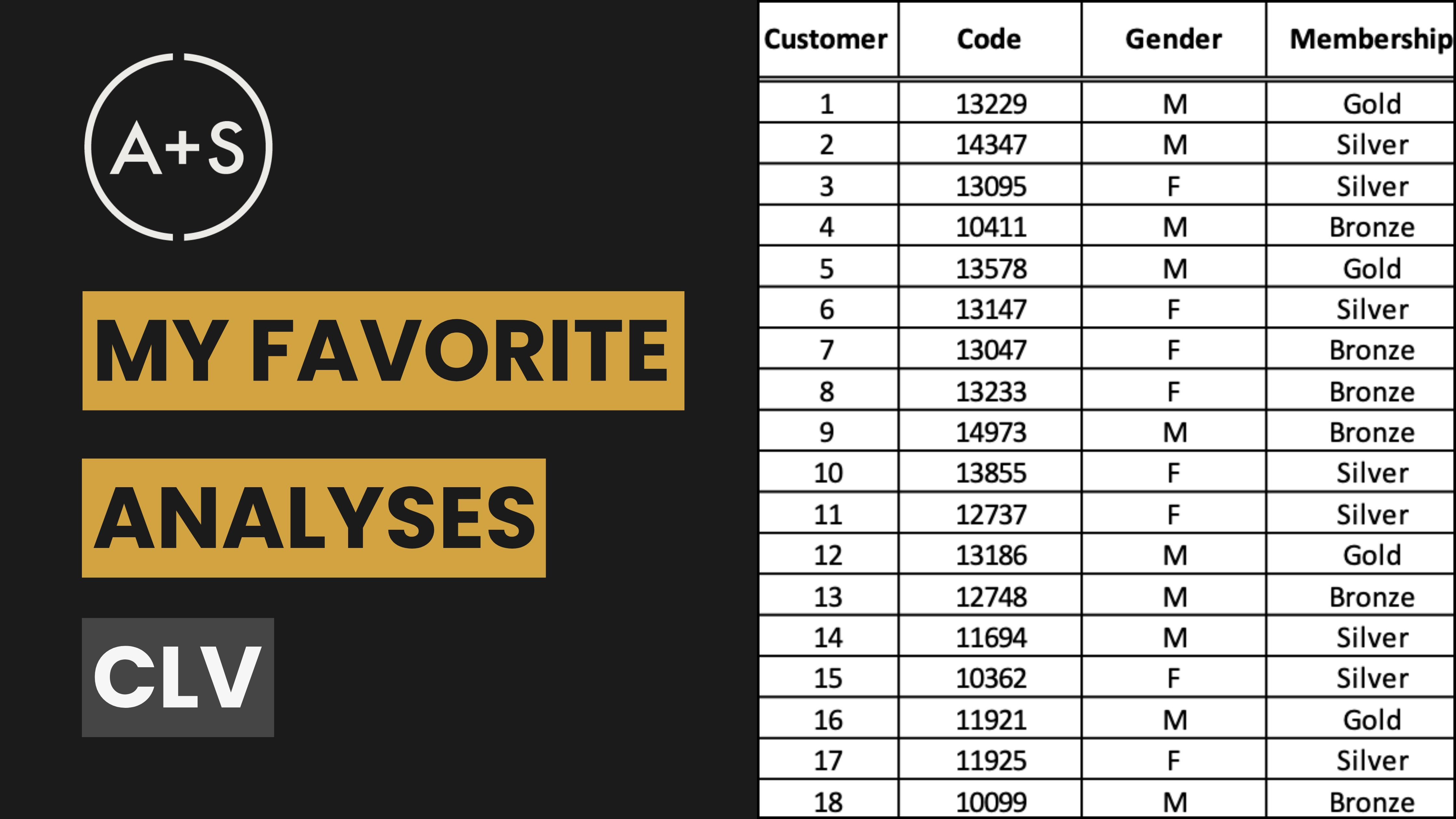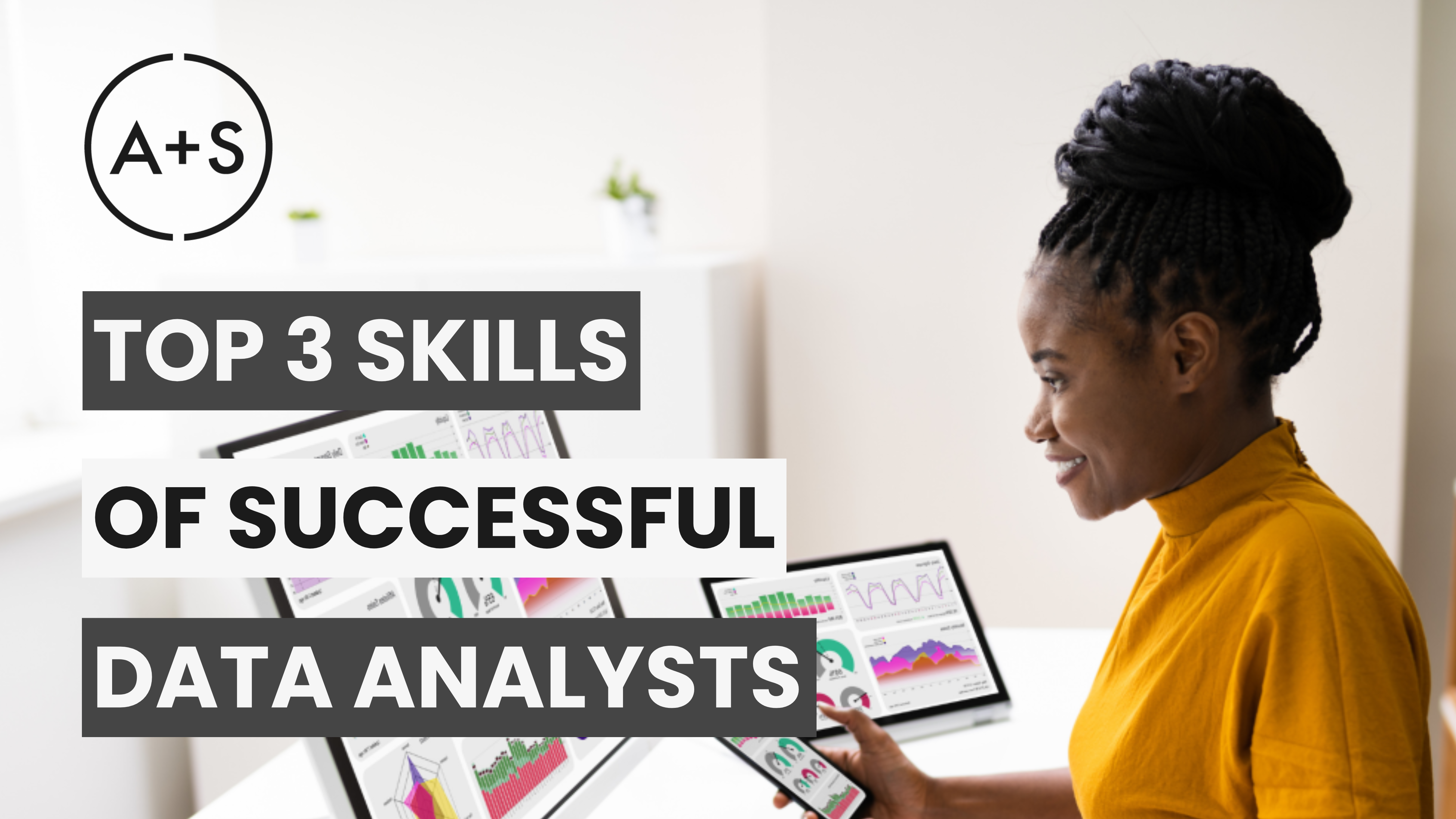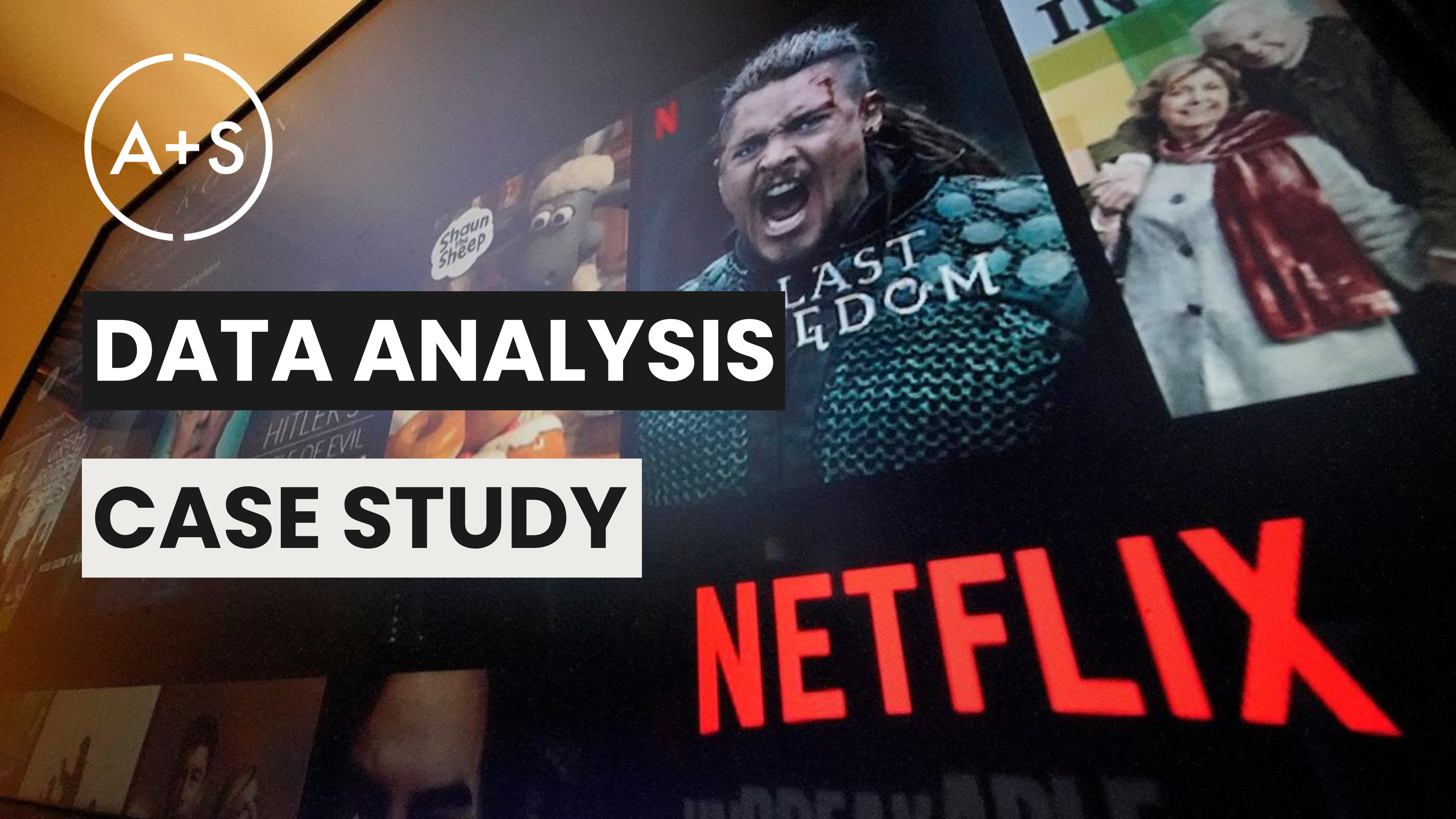You have the framework for your new career. You have the commands to master your new tools. You understand why your role must evolve beyond automatable tasks. You know how to write prompts that get results.
This will only get you so far.
Using an LLM for one-off tasks is like putting a Formula 1 engine in a go-kart. You’ll feel the speed, but miss the point. Chaining together individual prompts is better, but it is still just a series of disconnected actions. It is a workflow of yesterday, simply done faster.
Your goal is not to be a faster data processor. Your goal is to become an insight engine. This requires a new operating system for your work, a methodology we call the InsightOS: The AI-Powered Workflow for Strategic Analysis. Adopting it requires a fundamental shift in your behavior. You must stop prompting, and start partnering.
THE OPPORTUNITY / THE CORE CONCEPT
The old analytical process is linear. You receive a question. You extract the data. You clean it. You analyze it. You visualize it. You deliver a static report. This is a monologue. It is slow, rigid, and leaves value on the table.
The new model is the InsightOS. This is a fundamental redesign of your process with an AI as your collaborative partner.
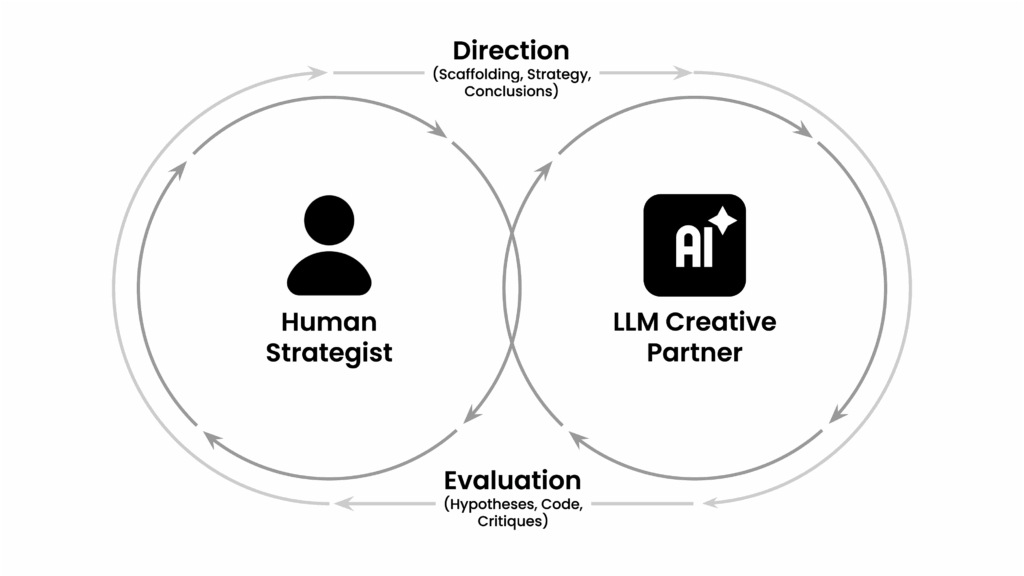
Think of the old way as an assembly line. Each analyst has their station. They perform their task and pass the deliverable down the line. It is efficient for producing a known output. It is terrible for discovery.
The InsightOS transforms your desk into a design studio. You are the lead strategist. The AI is your brilliant, tireless, and objective apprentice. You do not give it a list of tasks. You engage it in a constant, high-speed dialogue. You propose ideas, it stress-tests them. It generates code, you refine it. You find an insight, it helps you find the flaws.
This loop of hypothesis, execution, and critique is the new foundation of high-value analytical work.
STRATEGIC FRAMEWORK / PROCESS
The InsightOS is not chaos. It is a structured, three-phase process designed for speed and intellectual rigor. Mastering this framework transforms you from a technician into a true thought partner for the business.
Phase 1: Scaffolding & Hypothesis Generation.
You never start with a blank page. The analyst’s first job is to frame the problem correctly. You provide the AI with the essential context: the business objective, the data dictionary, the known constraints, and even past analyses. Your first prompt is not for an answer. It is to build the intellectual scaffolding for the project.
Command the AI to generate hypotheses, identify potential blind spots, list necessary data transformations, and outline multiple analytical pathways. In this way, you are using AI to map the entire problem space before you write a single line of code.
Phase 2: Co-Development & Execution.
This is where the dialogue ignites. You select the most promising hypothesis from Phase 1. Now, you and the AI build the analysis together. This is a rapid back-and-forth. You ask for a SQL query, you run it. You ask for an R script to visualize the output, you inspect the data patterns. The AI handles the rote syntax and boilerplate code. You handle the strategic direction.
This is co-creation. It condenses hours of tedious work into minutes of focused, iterative development. You are not just building; you are co-developing at the speed of thought.
Phase 3: Synthesis & Red-Teaming.
In the old model, finding an insight was the finish line. In the new model, it is the midpoint. Your preliminary finding is just another hypothesis to be tested. This is the most critical phase. You turn the AI on your own work. You prompt it to act as a skeptic.
“Here is my conclusion. Argue against it.”
“What three confounding variables have I ignored?”
“How could a competitor spin this data to tell a different story?”
This process is called red-teaming. Borrowed from military simulations where a “red team” acts as the adversary to find flaws in a plan, it is designed to harden your analysis into something that is not just interesting, but defensible. It is a perfect role for an LLM to play in your workflow. It is the AI as your Creative Partner and the difference between a simple observation and a business-ready strategy.
THE ANALYST’S PLAYBOOK
This playbook integrates the “Command Framework” structure (using tags) directly into the InsightOS strategy. Use structured commands to execute the strategic workflow. Do not deviate.
- Start Fresh. Open a new chat for your project. The first message establishes the foundation for the entire dialogue. Be prepared to state your information clearly and slot it into structural tags in your first prompt.
- Build the Scaffold. Instead of asking a simple question, you will issue a structured command to map the territory. This is the most critical prompt of the entire process. <Role> You are a master data strategist and research analyst.
- <Context> My goal is to understand the drivers of customer churn, which has increased from 3% to 5% last quarter. The attached data dictionary describes our customer activity and subscription tables.
- <Instructions>Generate five distinct hypotheses that could explain this increase in churn.For each hypothesis, list the specific data points required from the context provided.For each, suggest the primary analytical method to test it (e.g., regression, cohort analysis).
- <Format> Return your response as a numbered list. For each item, provide the Hypothesis, Data Points, and Method.
- Choose Your Path. Select the most compelling hypothesis generated by the AI. You are now entering the co-development phase.
- Execute the Dialogue. Move to your analytical environment (like a spreadsheet, Posit Cloud Workspace, SQL client) but keep the AI chat open. Execute step-by-step using clear, concise commands. These prompts are shorter but still direct instructions, not passive questions.
- “Write a SQL query to pull customer activity and subscription data for the last 12 months for users who joined via social media or organic search.”
- “Now, write an R script to merge these tables and clean the data. Fill null values in the ‘LastSeen’ column with the median date.”
- “Generate a survival plot comparing the churn rates for the two acquisition channels.”
- State Your Finding. Once you have a preliminary conclusion, state it plainly to update the AI’s context for the next step. “My analysis suggests that customers acquired via social media churn 30% faster than those from organic search.”
- Red-Team Your Work. Now, bring the full force of the AI to bear against your own finding using another structured command. This hardens your analysis against skepticism.
You are a skeptical Chief Financial Officer. You are risk-averse and question every assumption. My preliminary finding is that customers from social media churn 30% faster than those from organic search. I am recommending we shift a portion of our ad budget from social to search. - Identify the three biggest flaws or unanswered questions in my analysis.
- List the specific questions you would ask before approving my budget recommendation.
- Synthesize for Impact. Use the hardened, pressure-tested insight to build your deliverable. Use a final command to help you translate the complex analysis into a clear, executive-ready narrative.
- <Role> You are an expert business communications consultant.
- <Context> My key finding is that social media acquisitions have poor retention compared to organic search, and this is the primary driver of our increased churn. My analysis has been pressure-tested against common financial objections.
- <Instructions> Draft a three-sentence executive summary that presents this problem, finding, and recommendation clearly and directly.
FINAL THOUGHT
The era of the lone analyst toiling over a script is over. Your value is no longer measured by the complexity of your queries, but by the velocity and quality of your insights.
Adopting the InsightOS changes your role from a data cruncher to an expedition leader, guiding the business through uncertainty with an AI-powered map. This is how you lead. This is how you win.
Keep Analyzing!
